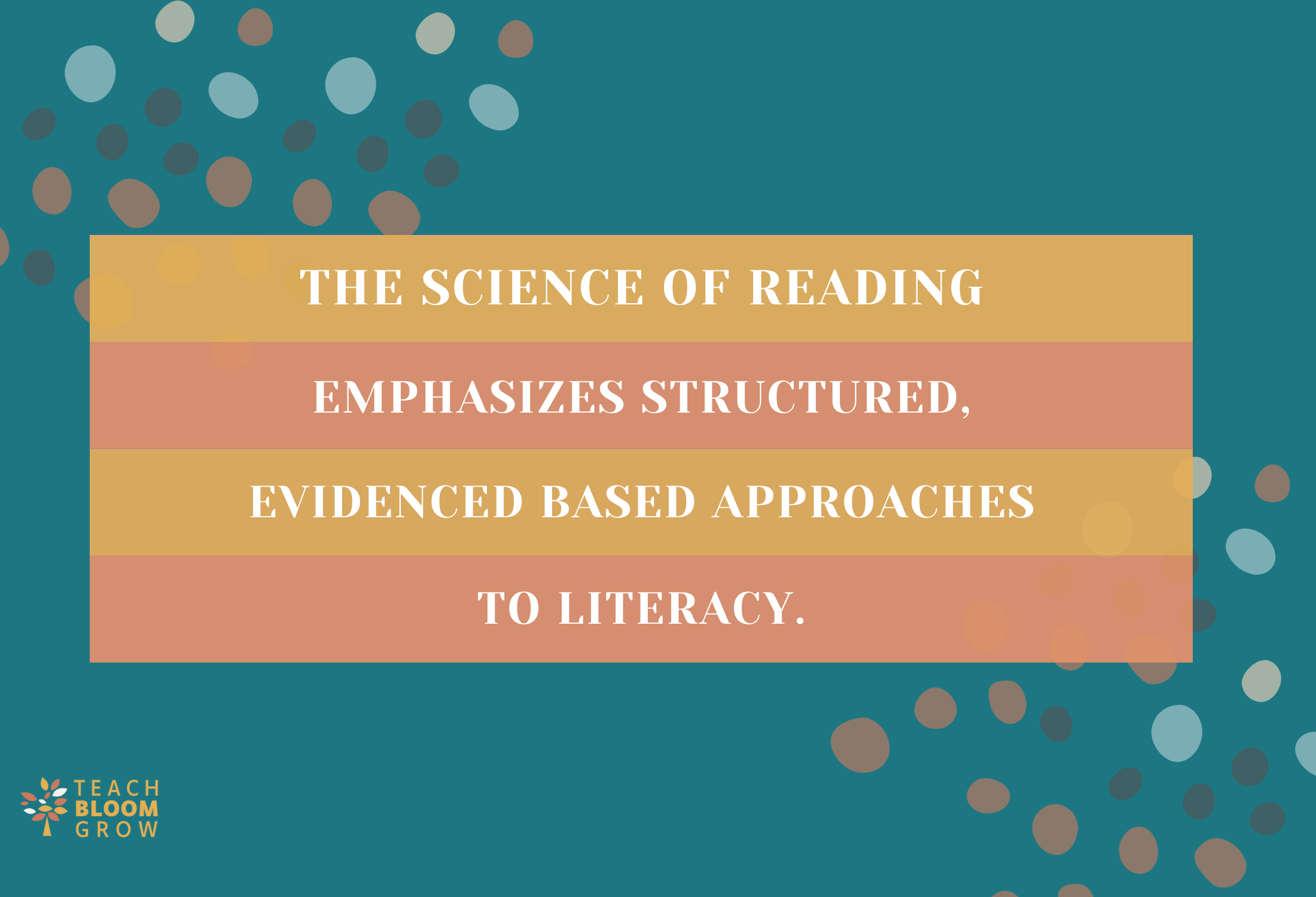Decoding Dyslexia: The Science Behind the Science of Reading
Did you know October is Dyslexia Awareness Month? Honestly, I’m torn about how I feel about this. I love that there is more awareness and understanding about dyslexia. However, having a month's recognition makes it seem like this is when the problem occurs. It is not just one month. Struggling readers are affected year-round. This struggle occurs daily and in so many areas of life. So, parents must work on decoding dyslexia: the science behind the Science of Reading. This incredible research helps ensure that anyone teaching students with dyslexia has excellent strategies and techniques to help all students become fluent readers.
What is the Science of Reading?
As a parent, you want to give your child the best chance to succeed in school, especially when it comes to reading. Well, the Science of Reading contains groundbreaking research that is changing reading instruction.
The Science of Reading is a body of research from many different fields. This includes linguistics, psychology, and education. The research explains how we learn to read, and it is based on decades of studies. Essentially, it’s the science behind how the brain processes written words and how we connect letters to sounds. Additionally, it focuses on how we understand what we read.
Why Should Parents Care?
If you want your child to become a strong reader, understanding how reading works at a brain level is key. The Science of Reading focuses on the skills every child needs to develop to become fluent readers. These are skills that go beyond memorizing words or guessing from pictures. It’s about ensuring your child has the foundation for reading success backed by research.
What processes are involved in reading?
Reading is a skill we often take for granted. However, it's actually a complex process involving several cognitive steps that work together. So, it is essential to learn about decoding dyslexia: the science behind the Science of Reading.
1. Decoding: Breaking Down Words
Reading starts with decoding. This is recognizing words and sounds. When your child looks at a word, they’re not just seeing a jumble of letters but connecting those letters to sounds they’ve learned. For young readers, this can feel like piecing together a puzzle: “C” says /k/, “A” says /a/, and “T” says /t/. Put those sounds together, and you have “cat.” The more they practice, the faster this process becomes.
2. Word Recognition: Developing Sight Words
As kids get better at decoding, they start recognizing whole words by sight. These are the “sight words” that don’t always follow the usual sound patterns (like “the” or “was”). Learning them by heart helps kids read more fluently. This stage is about speed, which means reading words instantly without sounding them out.
3. Fluency: Reading Smoothly
Fluency is the ability to read smoothly and with expression. Fluent readers don’t stumble over words. Instead, they can focus on understanding the meaning of their reading rather than just figuring out the words. Reading aloud—whether with a parent, teacher, or even a recording—can help children build fluency.
4. Comprehension: Understanding What You Read
Once kids can read the words, they need to understand them. Comprehension is a deeper cognitive process where readers make sense of the text. They do this by connecting what they know with what they’re reading. For example, when your child reads a story about a dog, they’re likely pulling on prior knowledge. As children get older, this skill becomes more advanced. They begin to infer meaning, recognize themes, and make predictions about what might happen next.
5. Critical Thinking: Going Beyond the Text
As children become more proficient readers, they develop critical thinking skills. This means thinking about the text in a deeper way. Why did the character act that way? What might happen next? Is the information in this article reliable? This higher-level thinking comes into play as kids grow and tackle more complex texts.
Dyslexia Disrupting the Reading Process
If you are a parent whose child is struggling with reading, it's essential to understand dyslexia. It is crucial to know that it isn't just a matter of not trying hard enough or being careless with words. It’s a specific learning difference that affects how the brain processes written language. It can make reading, spelling, and even handwriting more challenging,
Literacy Support
Our literacy tutoring works for students with dyslexia as well as students who are struggling with reading and writing and falling below grade level. Be sure to reach out for a Free Consultation!
When teaching students with dyslexia, it is so important to put yourself in their shoes. While they want to read and write fluently, their mind makes it challenging. So, when decoding dyslexia: the science behind the Science of Reading is essential! Implementing this research helps ensure students have instruction that meets their needs.


